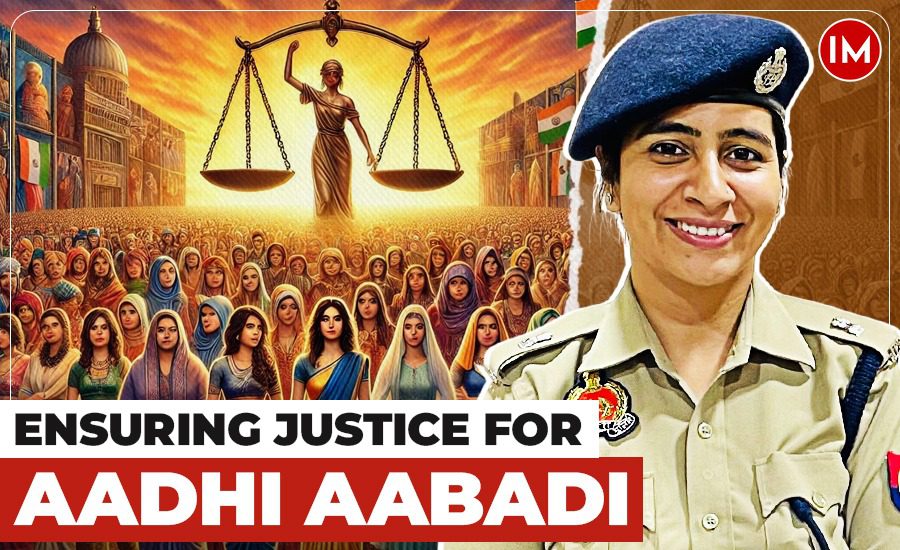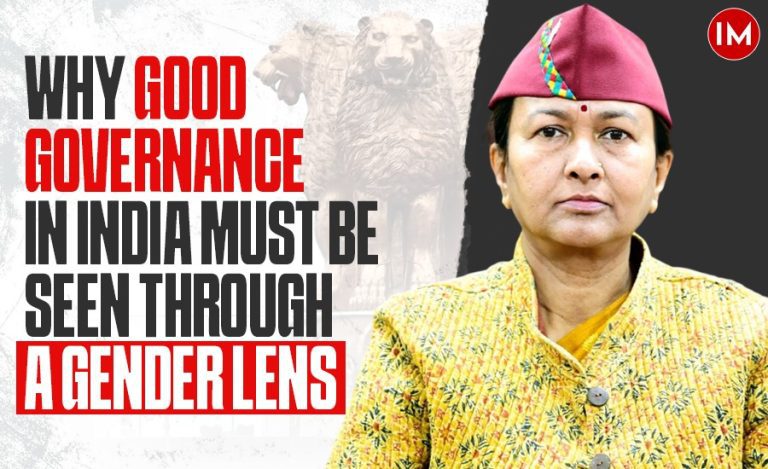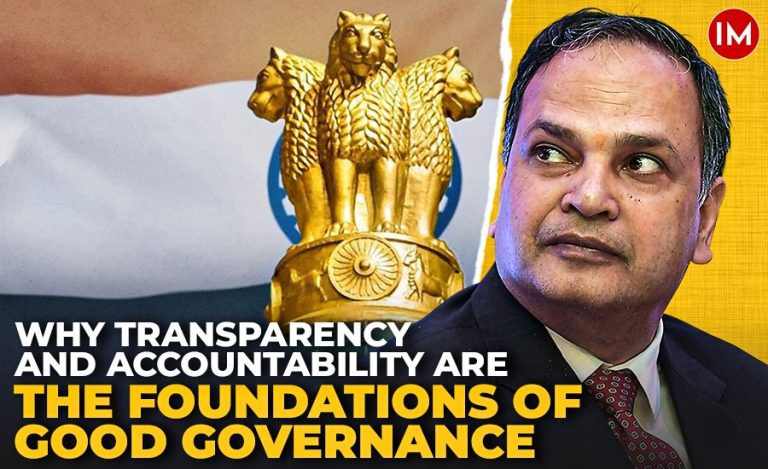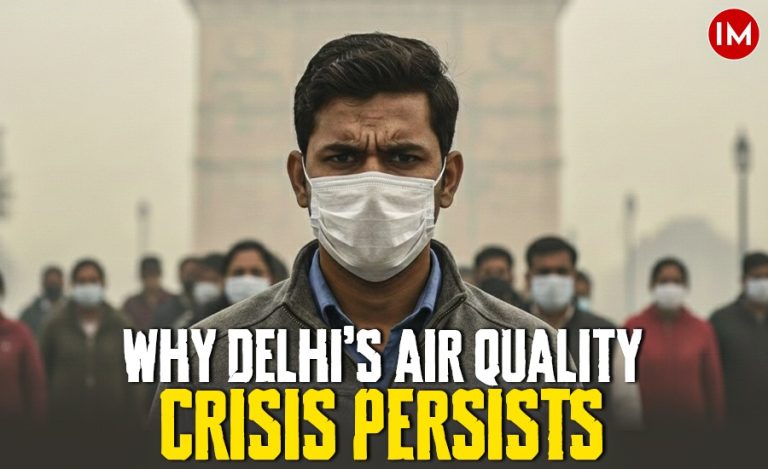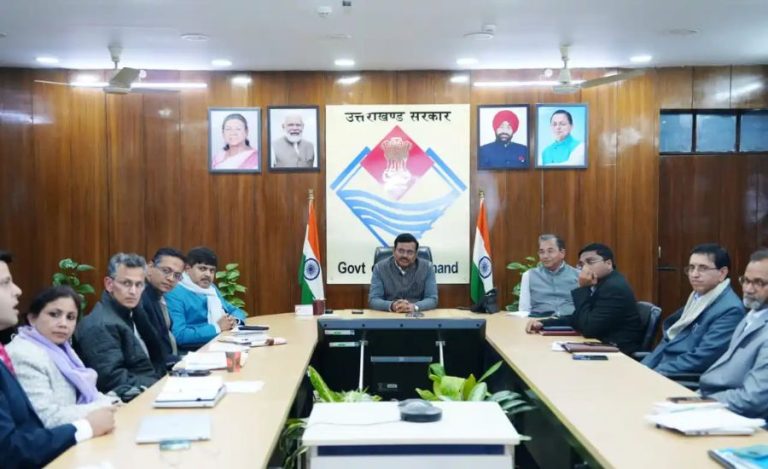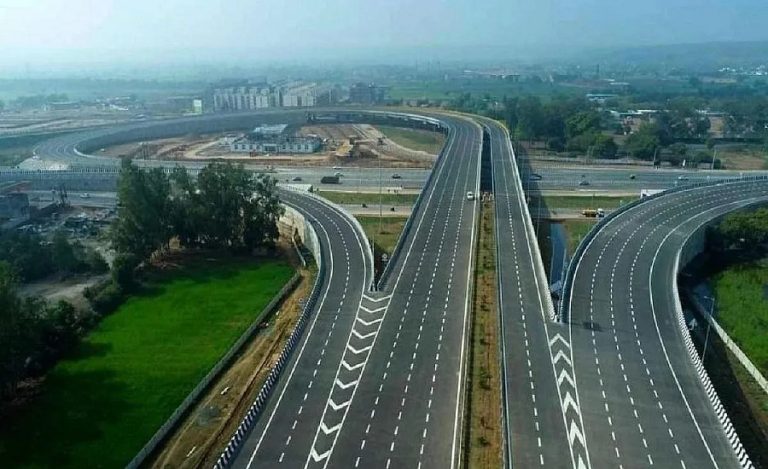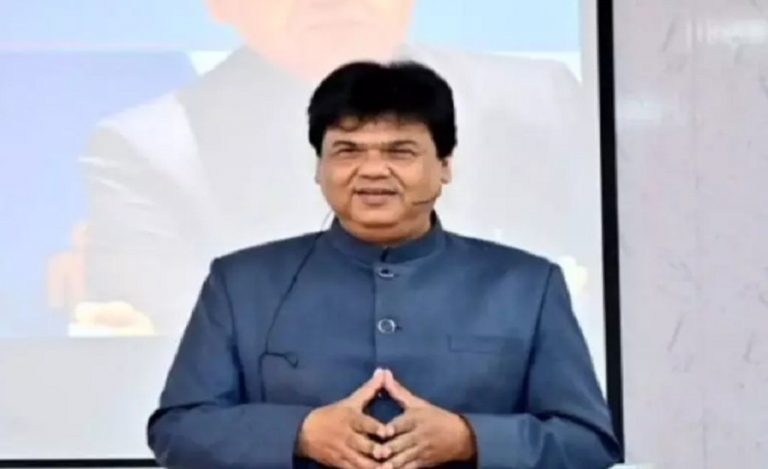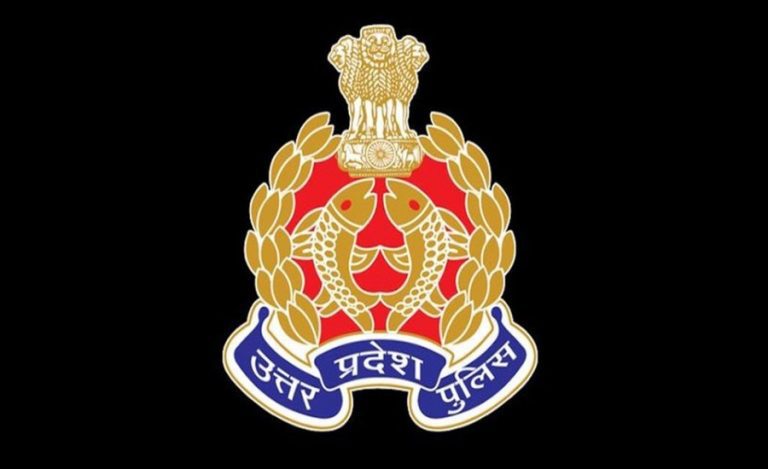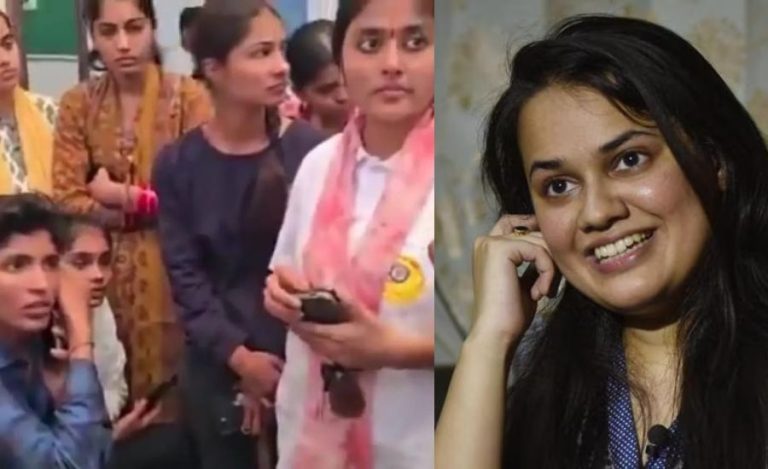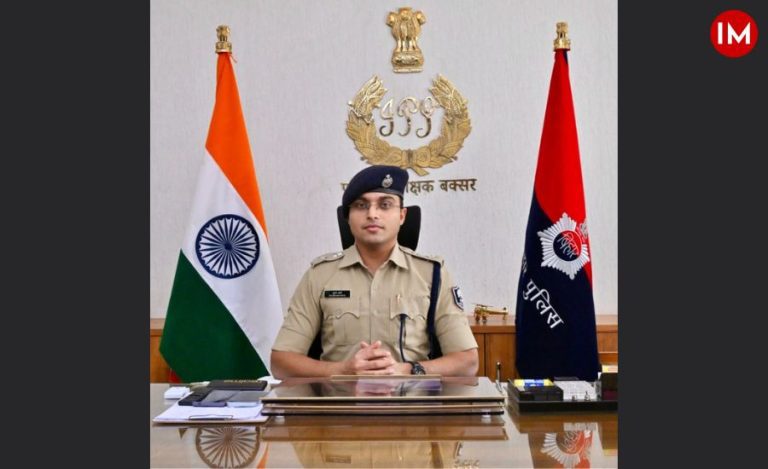Sealdah Court has punished the main accused, Sanjay Roy in the RG Kar rape and murder case with life imprisonment on Monday, January 20th, 2025. The wheels of justice have moved at an incredible fast pace here but the question is, has the justice really been done? Are girls and women any safer today than they were few months ago? What about victims of similar cases who don’t have a voice, who do not belong to powerful professional communities like doctors or students or who do not belong to metros such as Delhi or Kolkata? Are their rights any lesser?
This article is an attempt towards answering some of these questions and also proposes some solutions which might help us make Indian women feel safe across age groups, across geographical landscapes.
The solution to any problem lies in defining the problem first which might help us in understanding the root cause of it and thereby finding long – lasting and impactful solutions.
The current case is not a one off brutal criminal act, not rarest of the rare as the judgement says, but instead is an outcome of a deeper malaise affecting our society. Our doctor victim was called Nirbhaya 2.0 due to its eerie similarity with rape and murder case of a physiotherapy intern in Delhi in 2012 but National Crime Records Bureau’s (NCRB) annual report says that 248 women were raped and murdered in the year 2022 alone. Besides these, 32 girls below the age of 6 years and 110 physically or mentally disabled women were raped in the same year.
Crimes against women are not limited to just rapes. 6516 women became victims of dowry deaths in 2022 which means thousands of women die unnaturally within 7 years of their marriage in our country. In the same year, 140 women were victims of acid attack, most painful and barbaric thing one can do to another human. And the list goes on. The picture already looks grim when we have just touched upon the data of most heinous crimes committed against women but it is grimmer considering the fact that most of these crimes are still not reaching police because of various social costs associated with its reporting as established by National Family Heath Survey data of 2015-
16.
There are sufficient reasons to believe that this disturbing scenario of our country is rooted in our cultural and societal milieu which partially approves of and accepts crime against women as normal.
I recently asked women in a public meeting about their response towards eve-teasing and stalking, the most common answer was, “ignore” or change path or timing from the next day. They said it is better to stay silent than being blamed for it or live with curtailed freedoms. The complexities of criminal justice system are another deterrent.
Similarly in most of the domestic violence cases women unfortunately considered it proper to tolerate and adjust as husbands are allowed to behave in a certain way. A girl dying in her in-laws house is okay but she deciding to leave her husband and shifting to parent’s house is an unacceptable solution as separation or divorce brings shame to the family. Reporting to police is not appreciated and therefore panchayats or “samaj” sitting to decide cases is a sad reality, especially in rural India where 68 % of the women live. Therefore practically men enjoy impunity till they commit a crime so barbaric that society is left with no option but to condemn it.
This situation is perplexing as in no other crime victim is shamed and blamed and the accused is protected and his acts justified.
From above, two conclusions can be made. First, majority of crimes against women are still not reaching us and second, the problem cannot be addressed by mere legal and institutional measures like tougher laws, one stop centres, nirbhaya fund etc but requires a complete overhaul in how our society treats the
female gender.
To address the later, what India needs today is a social revolution which aims to build a society where we do not teach our daughters to tolerate and ignore but instead stand with them against not just rape but every act of violence which instills a sense of fear in them, limits their freedom and prevent them from achieving their full potential.
This social revolution should include an aggressive campaign led from the very top making all departments, every stakeholder part of it, something like Swacch Bharat Abhiyaan or Pulse Police Abhiyaan or Mission Shakti in Uttar Pradesh in which continuous conversations are made to change the social narratives. Education department, media, celebrities can all be roped in to achieve this.
These conversations should mandatorily be made to young boys and men who should be explained why it is not okay to eve-tease a girl, what consent is and why it is important, why dowry is wrong and why it is wrong to hit your wife. The misplaced concept of genderbased roles at home should be clarified. There is a lot which our people need to be told.
Also, we need to move beyond “Beti Bachao, Beti Padhao” to “Beti ko atmnirbhar banao”. With financial independence comes the freedom to take crucial decisions when marriage goes wrong. It is not bad to be a homemaker, what is bad is to tolerate violence in any form because of dependence for every single penny on one’s husband or in-laws. This needs to be communicated to parents as well as girls who see marriage as an end of their lives.
Also, why give up on the gains which India as a country will have once the aadhi aabadi also starts contributing to economy and science and what not.
From policing perspective, we need to make sure that every small incident concerning women safety reaches us. A man does not wake up to become a rapist one fine day. Just like any other criminal, he too starts with smaller crimes like eve-teasing or stalking and when these go unreported or unpunished, he gains the confidence to push boundaries.
Since women don’t want to be embroiled in long drawn legal cases for such incidents, it is important to have a quick justice mechanism which is a win-win for all. For instance, we may have a woman focused national helpline number and an app where victim identities are not disclosed and anybody can make a complaint. Geo tagged pictures and videos of men stalking, eve-teasing etc may be uploaded along with complaints. Instead of registering FIR on these complaints, the accused may be counseled or punished with minor punishment through specialized institutions. Sexual offenders registers be maintained for every such incident and all these men be watched for their behavior.
For repeat offenders, the state may proceed with registration of FIR without putting the entire burden on one victim. This will create deterrence in men as they’ll know that their smallest of criminal acts won’t go unnoticed and unpunished. Also since every complaint is not turning to FIR, the question of fake FIRs hampering careers of men does not arise. With identities not disclosed, women may prefer reporting over ignoring. Main aim is to bring all the potential rapists under the radar and prevent them from becoming one by identifying them at an early stage and taking timely action against them.
Needless to say, laws and institutions should be periodically reviewed and corrective actions be taken instead of waiting for some major incident to happen to bring in the reforms.
Annual NCRB reports can help us identify the lacunae in this regard. For instance NCRB data reveals that India suffers from an abysmally low conviction rate for crime against women (25.3 % in 2022), especially for rape cases which ranged between 27 – 28% between 2018 and 2022. This clearly underscores the importance of reviewing every stage and fixing accountability of every stakeholder responsible in proper implementation of laws. Each acquittal or discharge judgment should be taken as a learning lesson, an eye-opener towards improving the criminal justice system.
Let us all work towards ensuring that women and girls don’t have to come on streets again for want of justice, for want of safety and security in their own country, from their own people. Let us finally give them their due.
(The Article is Written by 2020 batch IPS Officer Anukriti Sharma who is currently serving as Assistant Superintendent of Police (ASP) in Sambhal, UP.)

